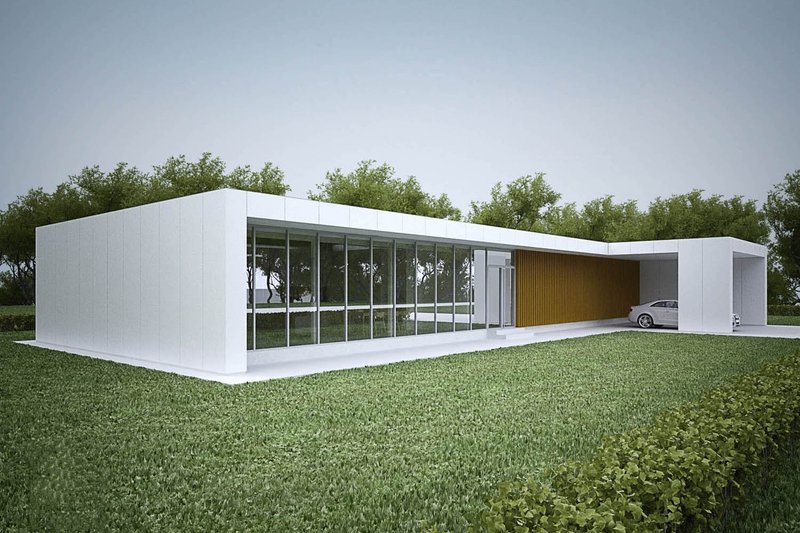Modular homes can play a significant role in addressing the affordable housing crisis. These homes are built using pre-fabricated modules in a factory setting, which are then transported to the construction site for assembly. They offer several advantages over traditional site-built homes, particularly in terms of cost, time, and quality control.
One of the key benefits of modular homes is their affordability. The controlled factory environment allows for efficient construction processes, reduced waste, and bulk purchasing of materials, resulting in lower costs compared to on-site construction. This cost-effectiveness makes modular homes an attractive option for individuals and families facing financial constraints.
Modular homes also have a shorter construction time. Since the modules are constructed simultaneously with site preparation, the overall building process is expedited. This aspect is crucial in addressing the urgent need for affordable housing, as it allows for quicker delivery of homes to communities in need.
Moreover, modular homes often have a high level of quality control. The construction process is standardized and closely monitored, ensuring consistent building practices and minimizing errors. This standardized approach can result in well-built, durable homes that meet or exceed building codes and regulations. This quality assurance is particularly important for affordable housing, as it ensures that residents have safe and comfortable living conditions.
Additionally, modular homes offer flexibility in design and layout. They can be customized to meet various housing needs, including single-family homes, multi-family dwellings, and even mixed-use developments. This adaptability allows for the creation of diverse housing options within the affordable housing market.
However, there are some challenges associated with modular homes and their integration into the affordable housing sector. These challenges include zoning and regulatory barriers, financing difficulties, and public perception. Some local zoning codes and regulations may not explicitly address or accommodate modular construction, which can create barriers to implementation. Financing can also be a challenge, as lenders may be unfamiliar with modular construction and have stricter requirements for loans.
Public perception of modular homes can also be a hurdle. There may be misconceptions about the quality and durability of factory-built homes compared to traditional stick-built homes. Educating the public and stakeholders about the benefits and advancements in modular construction can help overcome these concerns.
Overall, modular homes have the potential to provide a scalable and cost-effective solution to the affordable housing crisis. By leveraging the advantages of factory-built construction, modular homes can contribute to increasing the supply of affordable housing while maintaining quality and efficiency. However, addressing regulatory barriers, improving financing options, and promoting awareness are crucial steps in fully harnessing the potential of modular construction for affordable housing.

















